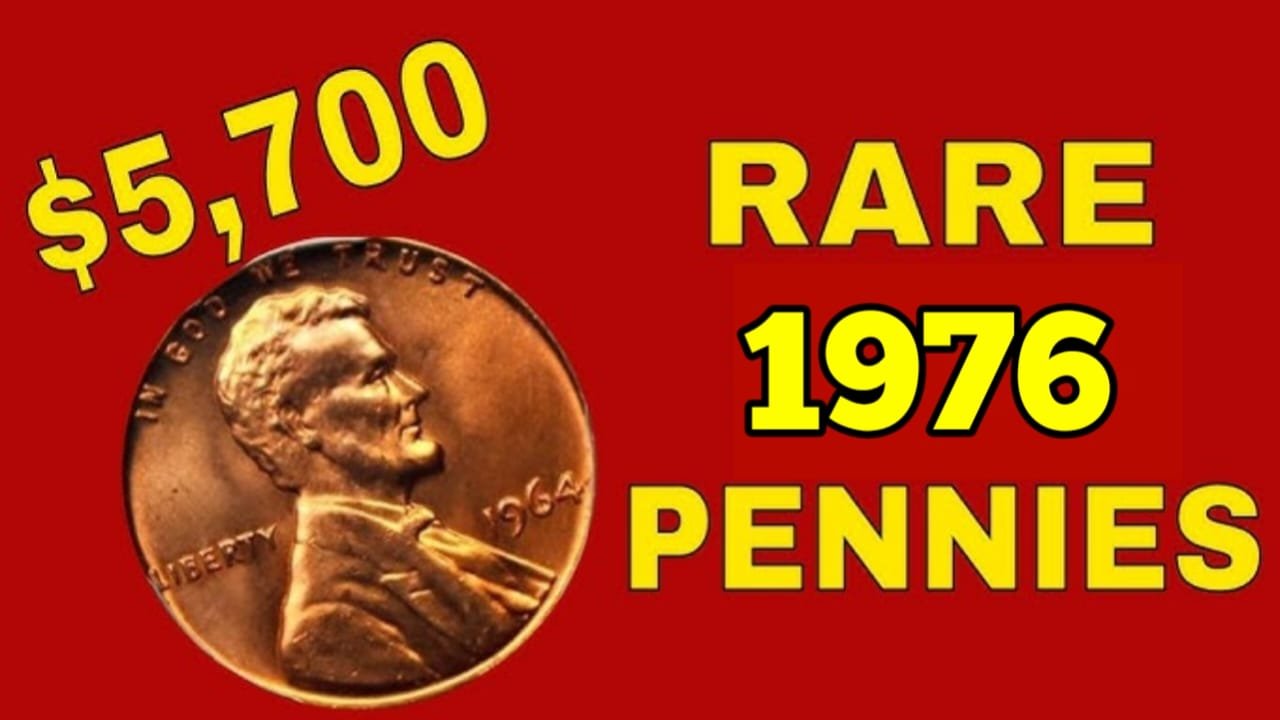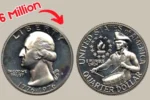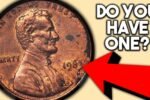1976 Bicentennial Quarter Value: Is Your Pocket Change Worth a Fortune?
If you’ve ever found a 1976 quarter with a drummer on the back, you’ve held a piece of American history. This coin was made to celebrate 200 years of independence and is called the Bicentennial quarter. Millions of these quarters are still in circulation today, and while most are worth just 25 cents, a few rare types could be worth thousands.
Let’s explore what makes the 1976 Bicentennial quarter special, what versions to look out for, and whether the change in your pocket might actually be a hidden treasure.
Why the 1976 Bicentennial Quarter Is So Unique
Unlike regular quarters that feature an eagle on the back, the Bicentennial quarter has a special reverse design. Instead of the eagle, there’s a Revolutionary War-era drummer and a torch with 13 stars. The date on the front reads 1776–1976, which stands out instantly from other quarters.
This design was created to honor the 200th anniversary of the signing of the Declaration of Independence. The U.S. Mint released Bicentennial coins for the quarter, half dollar, and dollar, and they were minted in both 1975 and 1976 — but no coins dated 1975 exist with this design.
Most of these coins are common, but some rare versions made from special materials or with minting errors can be quite valuable.
Types of 1976 Bicentennial Quarters and Values
| Coin Type | Material | Mint Mark | Estimated Value (Up to) |
|---|---|---|---|
| Regular Circulation | Copper-Nickel | None, D | $0.25 – $3 |
| Proof Coin | Copper-Nickel | S | $1 – $5 |
| Silver Proof Coin | 40% Silver | S | $10 – $30 |
| Silver Uncirculated Coin | 40% Silver | S | $8 – $20 |
| Rare Error Coins (double die, off-center, etc.) | Varies | Any | $100 – $5,000+ |
Which Bicentennial Quarters Are Worth the Most?
1. Silver Bicentennial Quarters
Some 1976 quarters were struck in 40% silver, but these were not released for regular circulation. They were included in special collector sets sold by the U.S. Mint. These quarters can be identified by checking their edges — silver coins do not have a copper stripe.
You’ll also often find an “S” mint mark on silver versions, meaning they were minted in San Francisco. If the coin is still in its original set or has been well preserved, it could be worth $10 to $30 or more.
2. Proof Quarters
Proof coins are made using a special minting process that gives them a mirror-like finish. These coins are usually kept in collectors’ sets and are rarely found in change. A proof Bicentennial quarter with the “S” mint mark and nice contrast can be worth a few dollars, or more if it’s silver.
3. Error Coins
This is where things get exciting. Some Bicentennial quarters were misstruck — meaning something went wrong during the minting process. Common types of errors include:
-
Double Die: The image appears to be doubled, especially on the words or numbers.
-
Off-Center Strike: Part of the design is missing because the coin wasn’t aligned properly.
-
Clipped Planchet: A portion of the coin is missing due to a minting mistake.
Error coins are rare and collectible, and depending on the severity and uniqueness, they can be worth hundreds or even thousands of dollars.
4. High-Grade Uncirculated Coins
Coins that were never used and have no wear are known as uncirculated. If your 1976 quarter looks shiny and has no scratches or signs of use, it might fall into this category. While not necessarily rare, a high-grade uncirculated quarter could be worth a few dollars to collectors — more if it’s silver or a rare variant.
How to Identify a Valuable Bicentennial Quarter
Here are a few easy steps to help you figure out if your quarter is worth anything more than 25 cents:
-
Look at the Mint Mark: “D” is Denver, “S” is San Francisco, and no mark means Philadelphia.
-
Check the Edge: If it’s silver, the edge will be all silver-colored, without the copper stripe.
-
Examine for Errors: Use a magnifying glass to check the text and edges for anything strange.
-
Condition Matters: The fewer scratches or wear, the better. Coins in mint or near-mint condition are worth more.
-
Use a Coin Scale: A silver quarter weighs more (around 5.75 grams) than a regular one (5.67 grams).
Should You Keep or Sell It?
If your quarter seems special, the first thing to do is not clean it. Cleaning can lower its value, even if you think you’re helping it look better.
Next, you might want to get it appraised or graded by a professional coin grading company like NGC or PCGS. These companies can officially certify the coin’s condition and value.
If you’re ready to sell, there are a few good options:
-
Local coin shops
-
Coin shows or coin clubs
-
Online platforms like eBay (especially for silver or error coins)
-
Auction houses (for very rare finds)
FAQs About the 1976 Bicentennial Quarter
Q1: Are all 1976 quarters valuable?
A1: No, most are worth only face value. Only special versions like silver coins, proof coins, or error coins have significant value.
Q2: How do I know if my 1976 quarter is silver?
A2: Check the edge — if there’s no copper stripe and it has a solid silver color, it’s likely a 40% silver version. Also, look for the “S” mint mark.
Q3: What is the rarest 1976 quarter?
A3: The rarest versions are those with minting errors, such as double dies or off-center strikes. Some of these have sold for thousands of dollars.
Q4: Can I still find a valuable Bicentennial quarter in circulation?
A4: It’s rare, but possible. Most valuable versions were never released for general use, but sometimes coins slip into circulation.
Q5: Should I get my quarter graded?
A5: If it looks unusual or is in excellent condition, yes. Grading can help prove its value and make it easier to sell.
So, is your pocket change worth a fortune? Maybe. While most 1976 Bicentennial quarters are just fun keepsakes, a few could put extra cash in your pocket. Whether it’s silver content, a rare error, or an uncirculated beauty, it’s worth taking a closer look.



